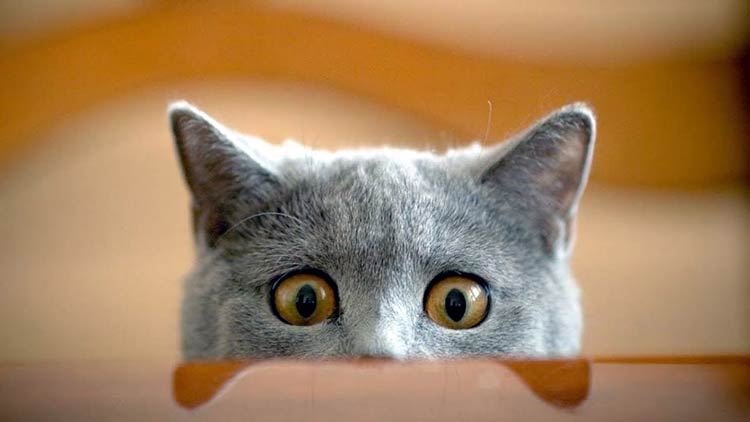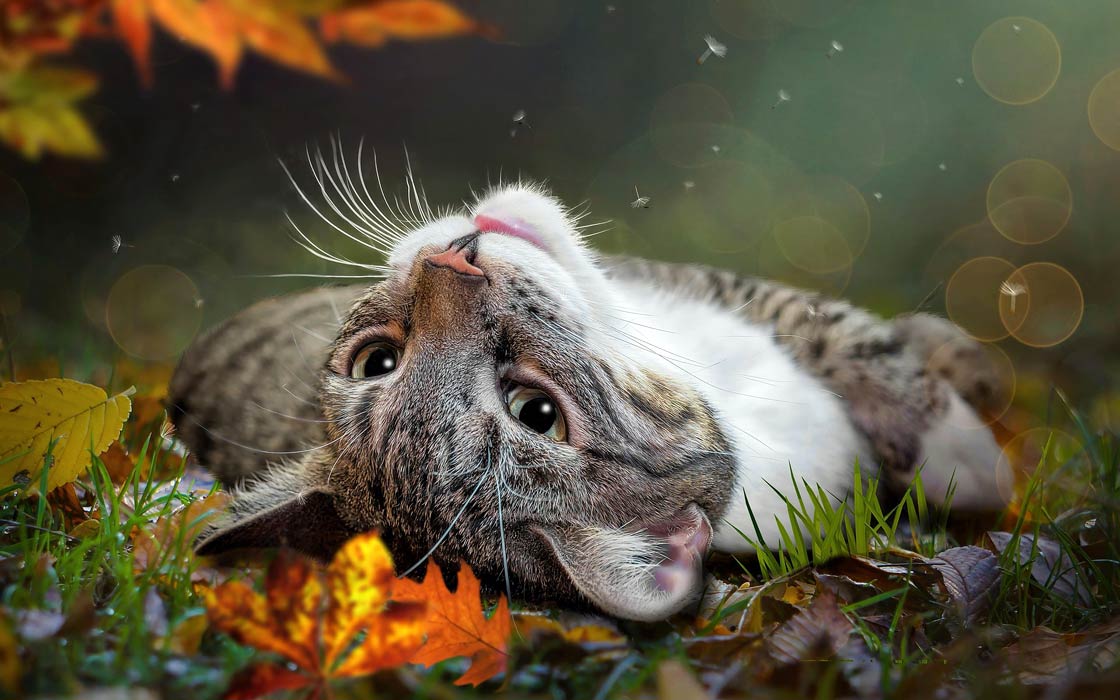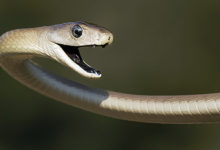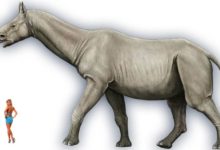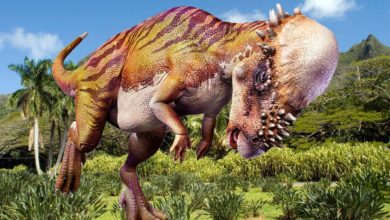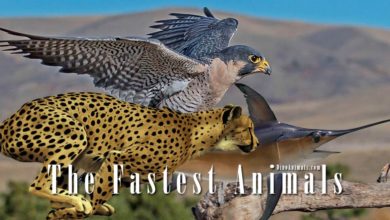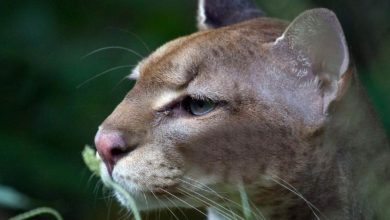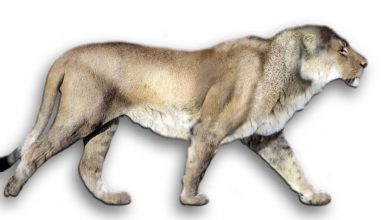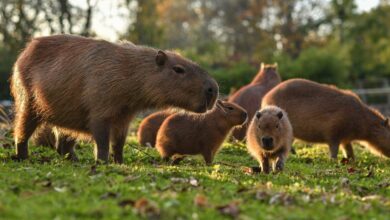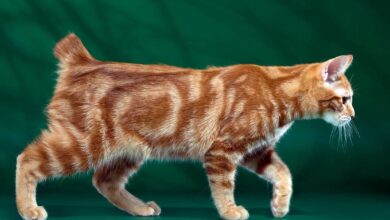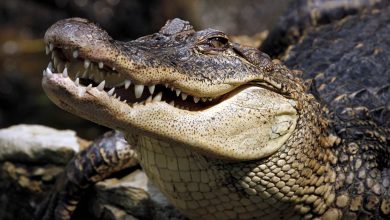The history of cat domestication and their impact on society
For centuries, cats have held a unique place in human culture, traversing an extraordinary path from revered divine symbols in ancient Egypt to the ubiquitous, disarming stars of modern internet memes. Their history of domestication and impact on society is a fascinating tale of symbiosis between humans and animals, shaping art, religion, and even everyday life.
These mysterious creatures, with their mesmerizing eyes and independent spirit, not only accompanied humans at pivotal moments in history but actively influenced their destinies. Their domestication – a process more akin to a mutual agreement than subjugation – is a story of symbiosis in which humans and cats offered each other benefits, forging a bond more enduring than stone pyramids.
From altars to artists’ canvases to smartphone screens, cats have shaped art, inspired religions, and even changed people’s daily lives – sometimes as silent guardians, sometimes as unruly rebels. Their history is a mirror reflecting our own evolution: from the struggle for survival to the pursuit of joy in digital chaos.
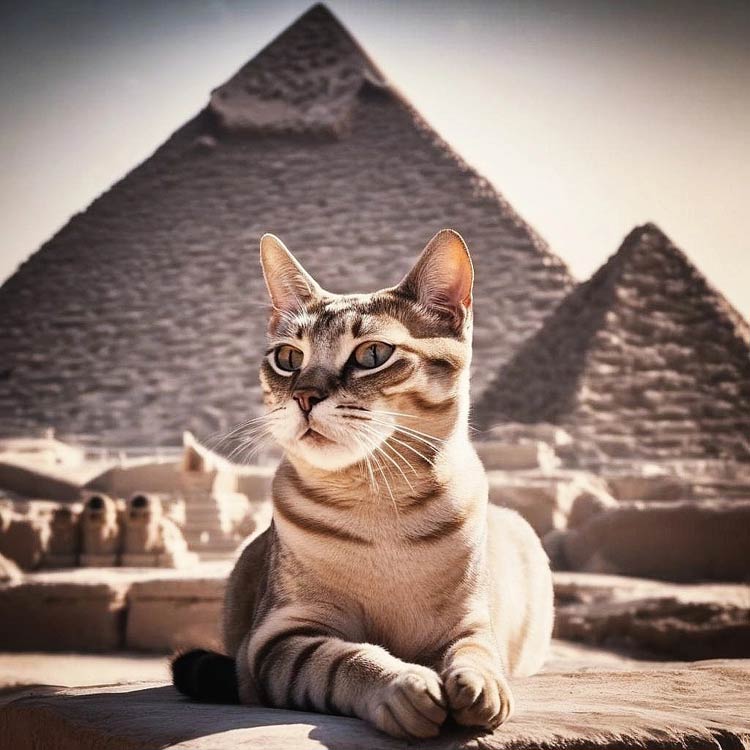
Cats: From Divine Guardians of Egypt to Kings of the Internet
Imagine a world where killing a cat is punishable by death, and their mummies rest in golden sarcophagi. Now, let’s move to a time when these same creatures were burned at the stake as messengers of the devil, only to see them moments later as the stars of memes, amusing millions.
Cats – these enigmatic, independent beings – have been dancing on the edge of human imagination for thousands of years, transitioning from the altars of ancient Egypt to the screens of our smartphones. Their story is not just a tale of domestication, but of how one animal was able to shape culture, religion, and everyday life.
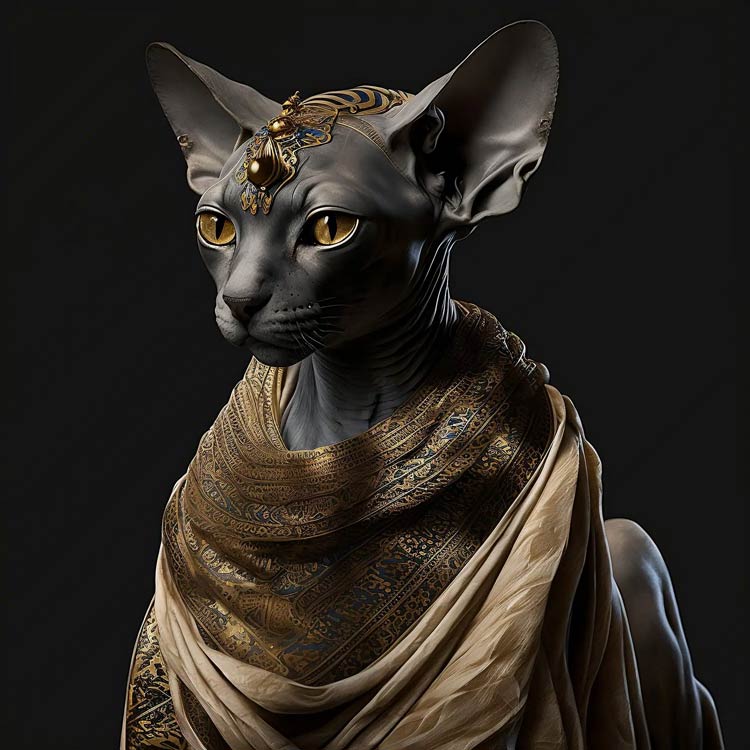
Cats in Ancient Egypt
In ancient Egypt, cats were revered as sacred creatures. Their domestication process began approximately 9,000 years ago in the Middle East, when humans started to lead a sedentary lifestyle and cultivate the land. Cats, attracted by rodents preying on grain stores, quickly became allies of humans.
In Egypt, however, their role extended beyond practical benefits – they became a symbol of grace and protection. The goddess Bastet, depicted as a woman with a cat’s head or as a cat, was the guardian of the home, fertility, and motherhood. Killing a cat, even accidentally, was punishable by death, and after death, these animals were often mummified and buried in special cemeteries.
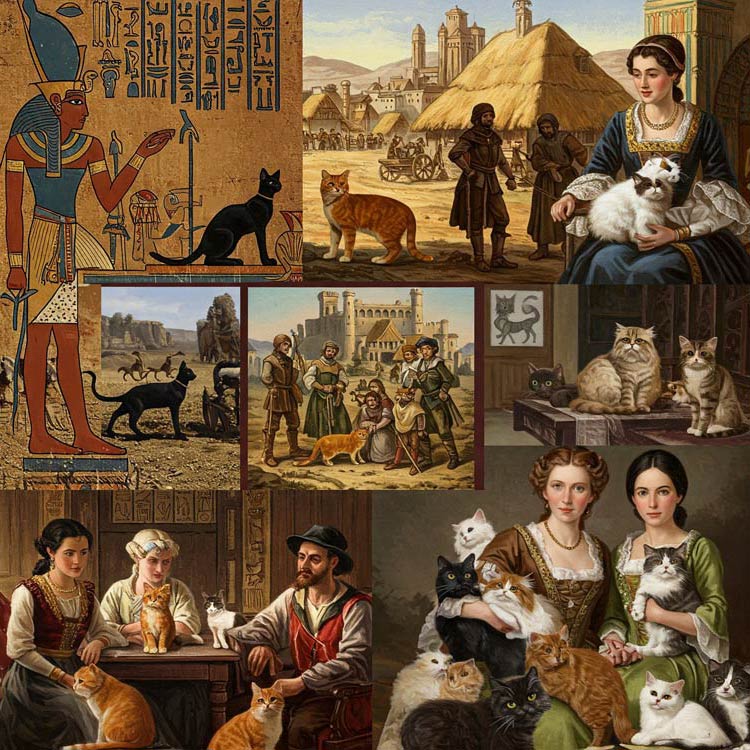
The Middle Ages
From Demons to Superstitions
In medieval Europe, the image of the cat underwent a dramatic change. These animals, especially black ones, began to be associated with witchcraft and the devil, which stemmed from their nocturnal habits and mysterious nature. During witch hunts, cats were often burned at the stake along with the accused.
This negative image persisted in superstitions, such as the belief that a black cat crossing one’s path brings bad luck – although in some cultures, such as Japan, it is considered a symbol of good fortune.
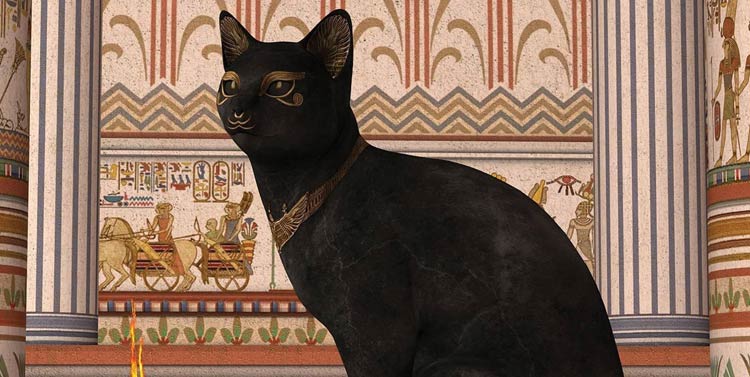
Cats in Art and Literature
During the Renaissance and later centuries, cats began to appear in art and literature as symbols of independence and elegance. In Japan, cats inspired the lucky figurines known as “maneki-neko,” while in Islamic culture they were valued for their cleanliness (the prophet Muhammad was said to be very fond of them).
In the 19th century, Edgar Allan Poe used their dark image in the short story “The Black Cat,” while in the Victorian era, they became popular pets among the middle class.
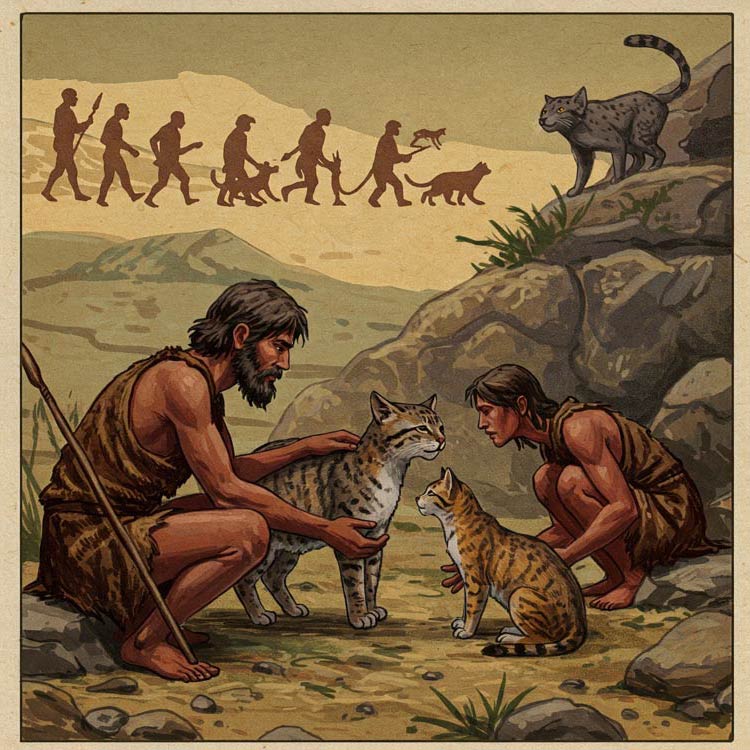
Modern Times: Cats in Pop Culture and the Internet
Cats – Kings of the Internet
In the 20th and 21st centuries, cats have taken over pop culture. From characters like Puss in Boots and Garfield to iconic internet memes – such as Grumpy Cat and Keyboard Cat – cats have become a global phenomenon. Their popularity in social media stems from a combination of charm, humor, and the universal language of emotions they convey. Studies indicate that cat videos improve mood and reduce stress, making them ideal protagonists for the digital age.
In 2015, scientists from Indiana University confirmed that watching cat videos reduces stress and improves mood – it’s no wonder that YouTube and TikTok are bursting at the seams with their antics. Cats have become the meme therapists of the 21st century.
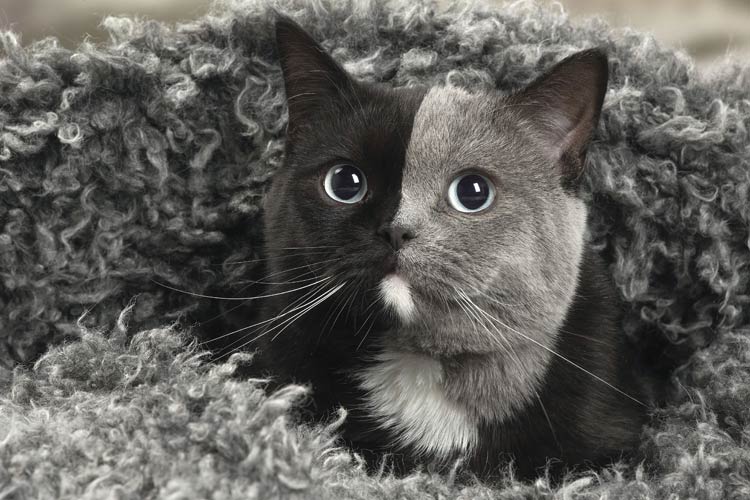
The Domestication of Cats and Their Impact on Society
Genetic studies show that cats (Felis catus) are descended from the wild Nubian cat (Felis lybica). Unlike dogs, cats were never fully domesticated in the sense of submission – they chose to live alongside humans, maintaining their independence.
Their presence reduced crop losses by protecting stores from rodents, which was crucial for the development of civilizations. Today, cats are one of the most popular pets, and their influence extends to human mental health, offering companionship and reducing feelings of loneliness.
From reverence in Egypt, through demonization in the Middle Ages, to adoration in memes – cats have come a long way, reflecting the changing values and needs of societies.
